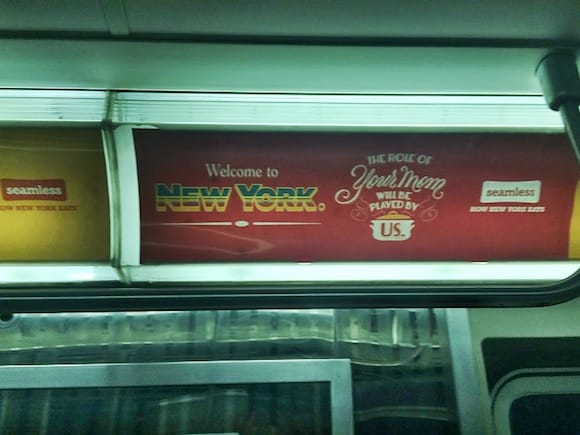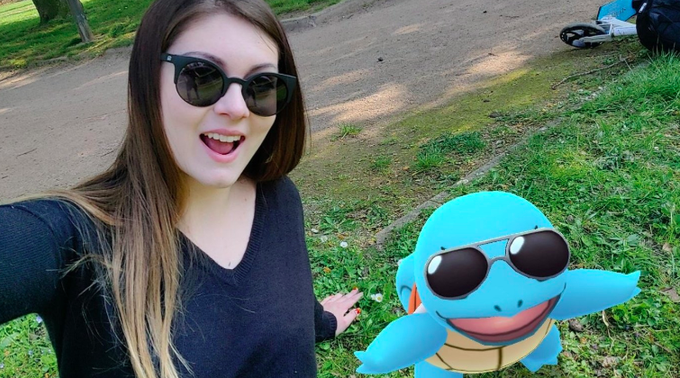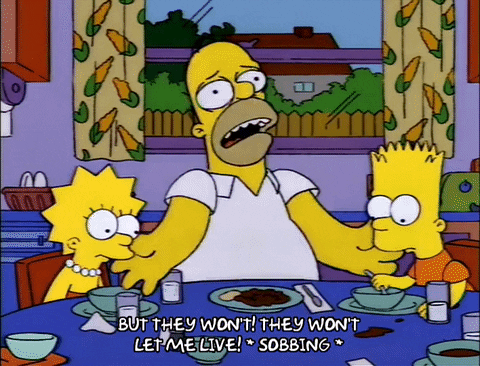The Cuteness of the Avant-Garde
An excellent article exploring the origins of "Kawaii" (Japanese for "cute") style as manifested through modern artists in Japan such as Yoshitomo Nara and especially Takashi Murakami, whose aesthetic has won him high-profile collaborations with Kanye West (most notably the album cover of Graduation) and more recently Billie Eilish's video for "You should see me in a crown." The rising popularity of artists like Murakami, which dovetails with the ascendance of cutesy, non-threatening corporate design being discussed here illustrates how the patterns discussed in this article are both a product of and a reaction to a broader cultural trend of adult infantilization.





